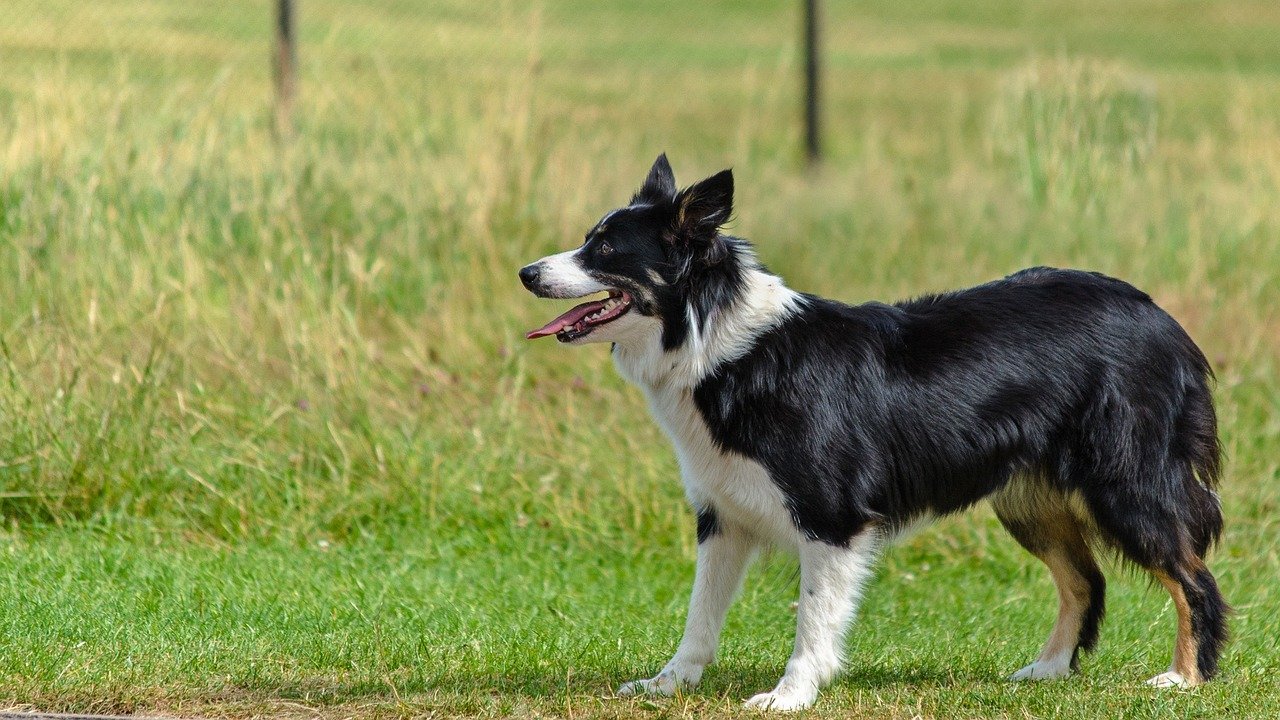Not every adorable pup is cut out for the hustle and bustle of family life. Some dog breeds prefer a quiet, structured environment and may struggle with loud kids, unpredictable routines, or constant activity. Breeds like the Afghan Hound or Chow Chow, for example, tend to be more aloof or independent and might not thrive in busy households. High-energy working breeds can also become frustrated without enough stimulation. While they may be loving in their own way, these dogs often need experienced handlers and a calmer setting to truly be their best selves. Choosing the right match is key to harmony at home—for both your family and your furry friend!
Chow Chow: The Aloof Aristocrat
The Chow Chow looks like a living teddy bear, but don’t let those fluffy cheeks fool you. These dogs are famously independent and a little stubborn, often preferring their own company over the noisy chaos of a family household. They’re not known for their patience, especially with rambunctious children or strangers who might not respect their space. This breed tends to bond closely with one person, making it hard for them to adapt to the constant movement and attention-seeking antics of a household full of kids.
Chow Chows can be territorial and sometimes snappy if they feel threatened or annoyed, which can be a recipe for trouble around smaller children. They also require a confident, experienced owner who understands their unique temperament. If you’re hoping for a dog who’ll join the backyard soccer game, this breed probably isn’t the best teammate. Instead, they thrive in calm, quiet environments where routines are predictable and boundaries are respected.
Afghan Hound: The Fashionista with a Mind of Her Own
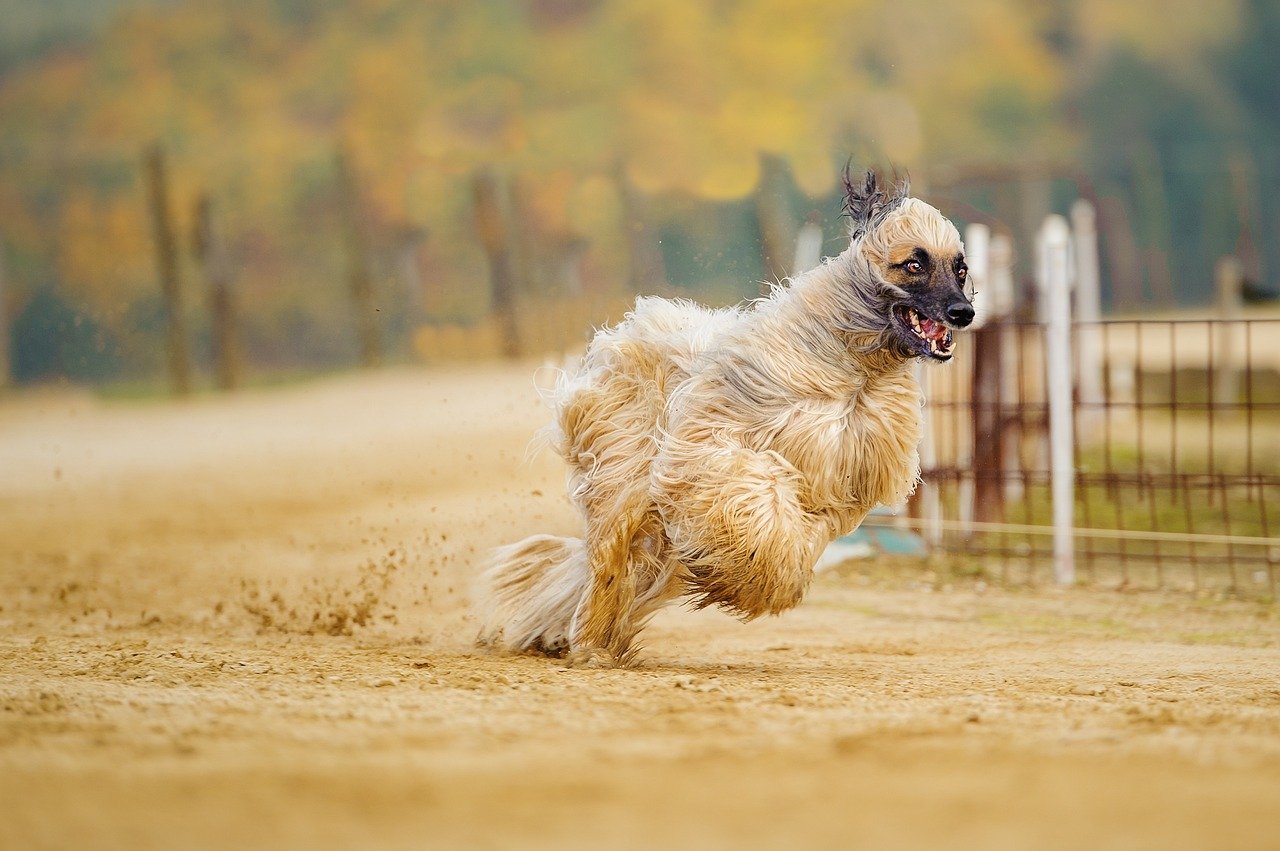
Afghan Hounds are breathtakingly elegant with their flowing locks and regal posture, but don’t be fooled by their beauty. These dogs are notorious for being aloof, independent, and—let’s be honest—a little bit stubborn. They often prefer to do things their own way and can ignore commands if they don’t see the point, which can frustrate families hoping for an eager-to-please companion.
Afghan Hounds also require a tremendous amount of grooming to keep their coats looking beautiful. That means hours of brushing, detangling, and bathing—hardly a practical choice for busy parents juggling school runs and soccer practice. Their sensitive nature means they can be easily overwhelmed by loud noises and sudden movements, which are a daily occurrence in most family homes. For all their glamour, Afghan Hounds really thrive best in calm, adult-only households.
Alaskan Malamute: The Mighty Explorer
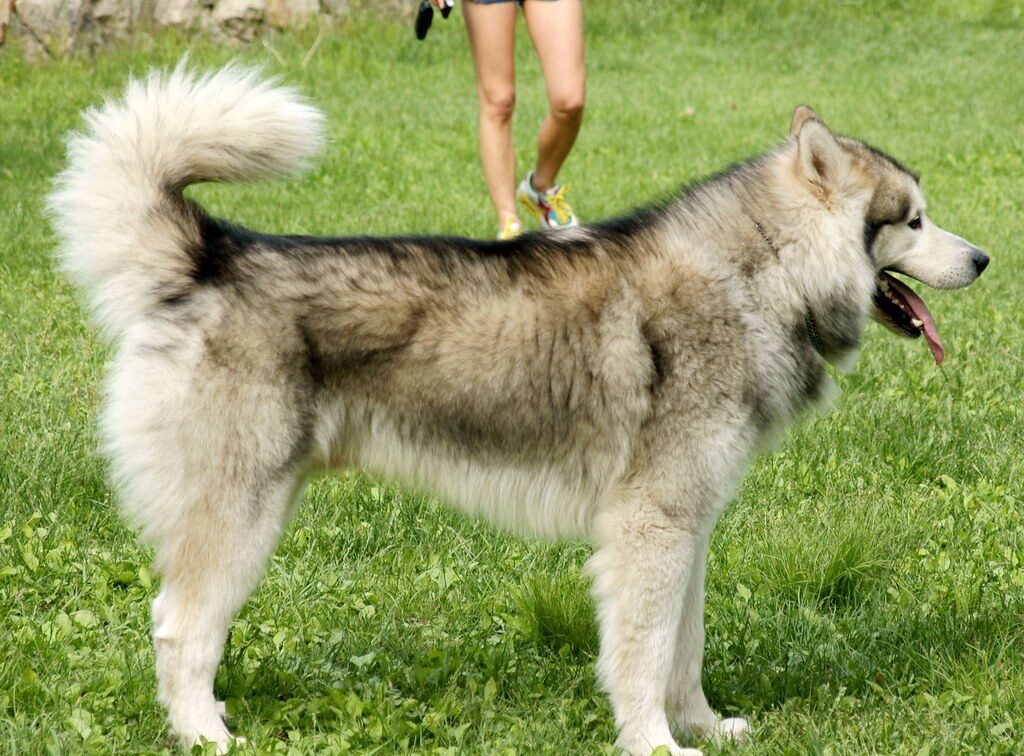
Few dogs are as striking or as strong as the Alaskan Malamute. These powerful dogs were bred to pull sleds across icy tundras, so it’s no surprise they come with endless energy and a mind of their own. While their wolf-like looks are stunning, Malamutes tend to be too much for most families to handle, especially those with small children or small pets.
Malamutes need hours of exercise every day and can become destructive if bored or under-stimulated. Their high prey drive means they aren’t always safe around cats or tiny dogs, and they’re notorious escape artists—a bored Malamute will find a way out of almost any yard. Training them requires strength, consistency, and experience, which can be challenging for families juggling kids’ schedules and daily chores. These dogs thrive on adventure and challenge, not family game night.
Dachshund: The Little Dog with a Big Attitude
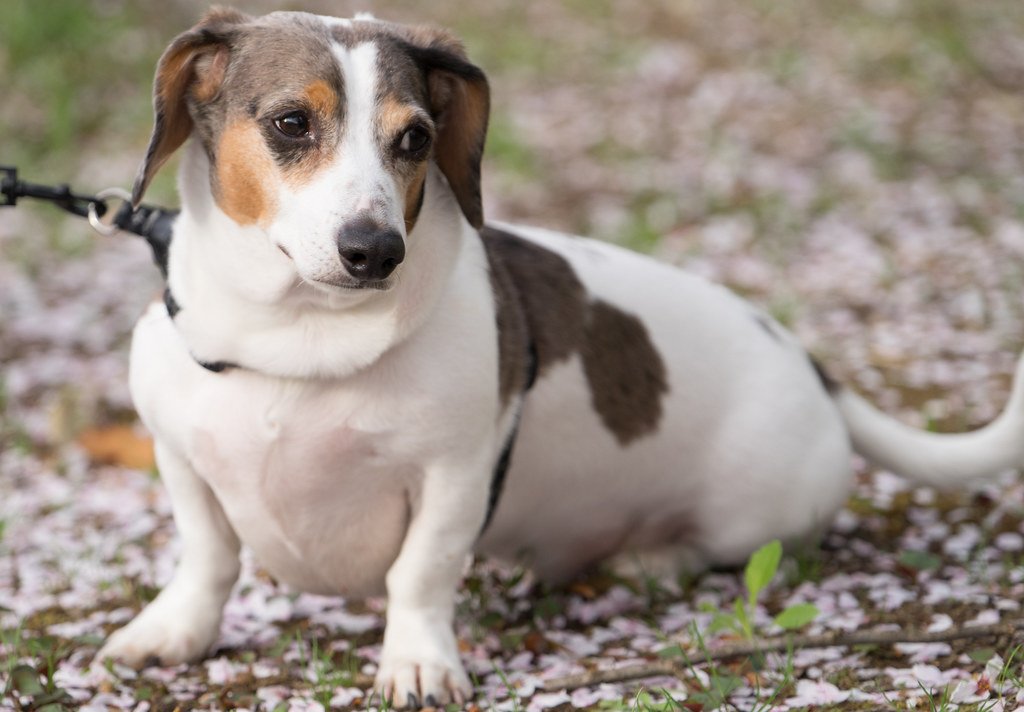
With their short legs and long bodies, Dachshunds are irresistibly cute. But beneath that adorable exterior is a stubborn streak a mile long. Originally bred to hunt badgers, these little dogs are brave to the point of recklessness and can be surprisingly feisty, especially if they feel cornered or threatened.
Dachshunds often don’t have the patience for rough play or the unpredictable antics of small children. Their backs are also extremely delicate, meaning a playful toddler’s rough hug could lead to injury. They can be snappy if startled and are prone to barking—a lot. While they can make wonderful companions for adults or older kids who understand boundaries, families with young children may find the Dachshund’s bold attitude and fragile frame a difficult match.
Border Collie: The Workaholic That Never Clocks Out
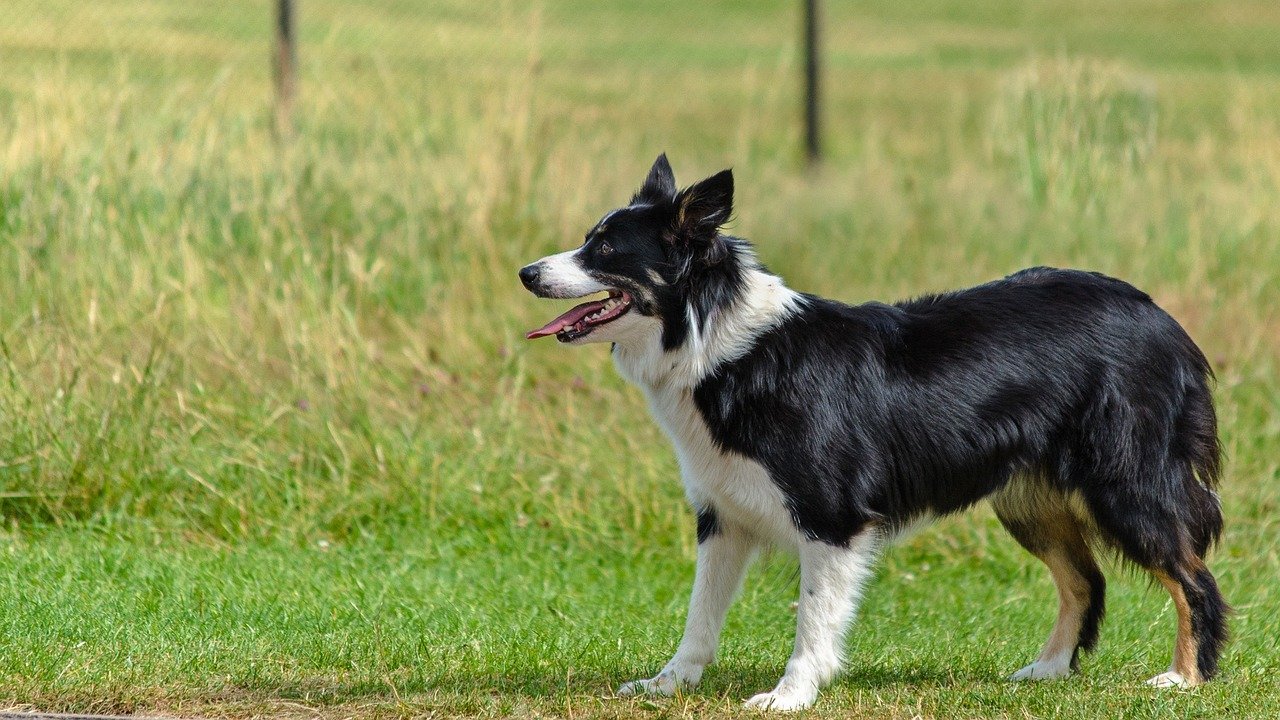
Border Collies are the Einstein of the dog world—brilliant, energetic, and always looking for a job to do. While their intelligence is awe-inspiring, it comes with a downside: these dogs need constant mental and physical stimulation. Without a daily “job,” they become bored and may develop destructive behaviors, like herding kids, chasing cars, or chewing up the furniture.
Their energy levels are off the charts, and a simple walk around the block won’t cut it. Most families just can’t keep up, especially with the demands of school, work, and after-school activities. While Border Collies are wonderful on farms or with highly active owners who love agility or dog sports, they often become frustrated and unhappy in typical family homes.
Dalmatian: The Spotted Dynamo
Dalmatians are famous for their movie-star looks, but behind those spots lies a bundle of energy and sensitivity. Originally bred as carriage dogs, Dalmatians need hours of exercise and mental stimulation every single day. Without it, they can become restless and even destructive—chewing, digging, or barking for attention.
These dogs are also known for being a bit high-strung and sometimes wary of strangers, which can make playdates or family gatherings stressful. Dalmatians require firm, patient training and lots of early socialization. Their exuberance and tendency to jump can be overwhelming for small children. While they’re loyal and loving with their people, their demanding nature makes them a tough fit for most family homes.
Shiba Inu: The Foxy Free Spirit
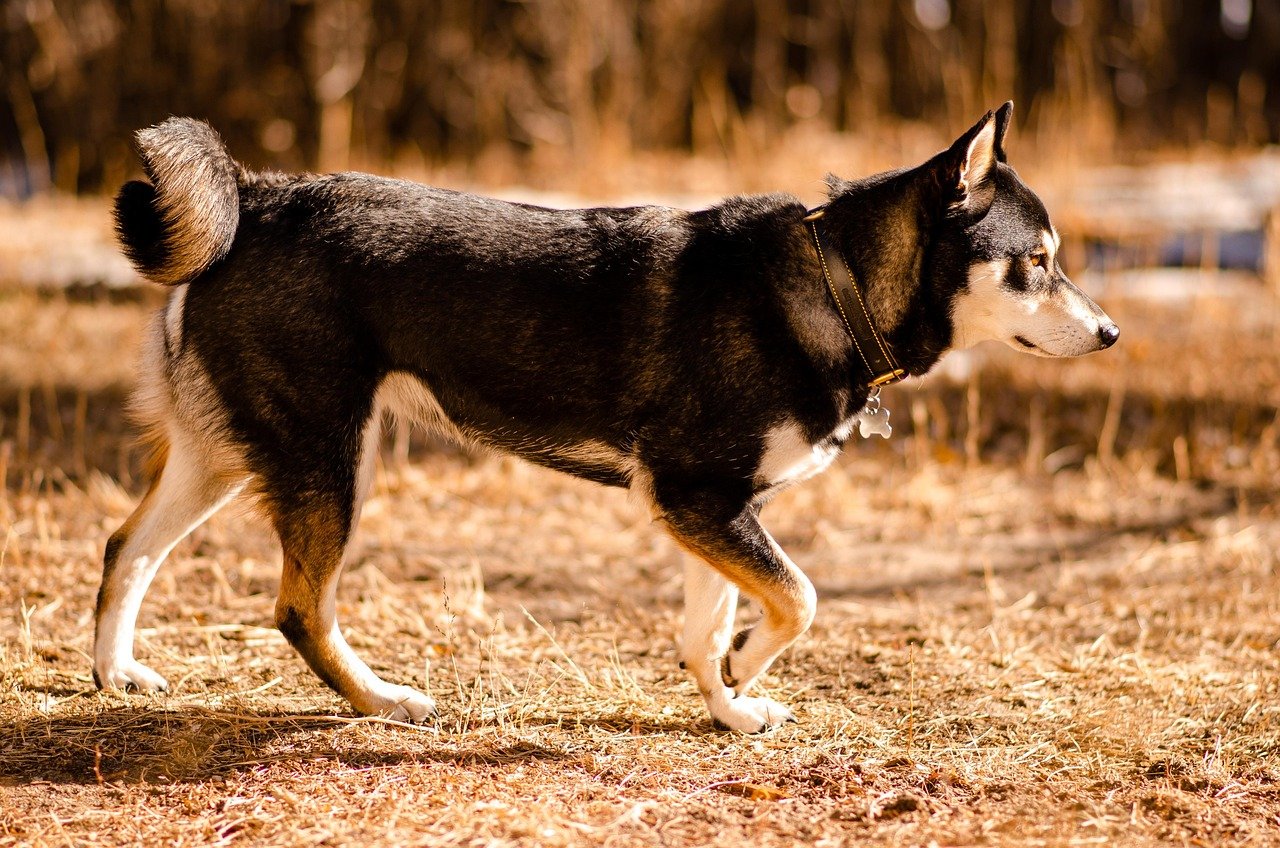
Shiba Inus are as charming as they are mischievous. With their fox-like appearance and clever personality, it’s easy to see why people fall in love with them. But Shibas are known for their stubborn independence and can be a real handful for inexperienced owners. These dogs like to do things on their own terms and are quick to bolt if given the chance.
Shibas aren’t always the cuddliest companions and can be aloof or even grumpy with young, unpredictable children. They’re also skilled escape artists, requiring secure fencing and constant supervision. Without early, consistent training, Shiba Inus can become territorial and possessive. Their unique personality means they often do best with single adults or couples who appreciate their spirited independence.
Weimaraner: The Energetic Shadow
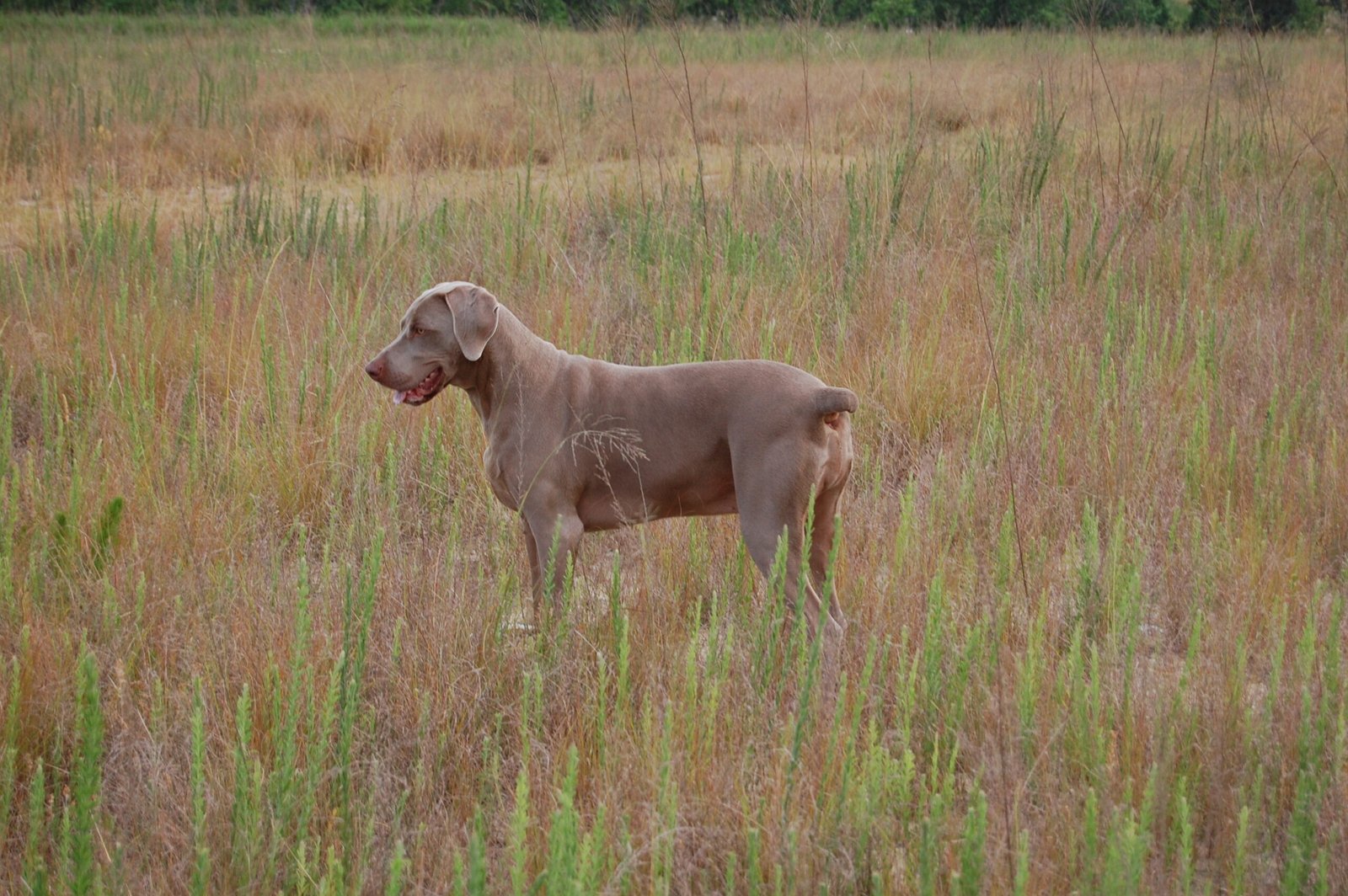
Weimaraners are sleek, silver, and always on the move. Nicknamed the “Gray Ghost,” these dogs form intense bonds with their owners and hate being left alone. Their need for proximity and constant activity can be overwhelming in a busy family setting, especially when parents have to juggle work and kids.
These dogs are full of energy and require hours of exercise every day. Without it, they can become anxious, destructive, or develop separation anxiety. Weimaraners are also known for their strong prey drive and can be a handful around smaller animals. Their need for attention, exercise, and training is simply too much for most families to manage, making them better suited to highly active singles or couples.
Akita: The Strong, Silent Guardian
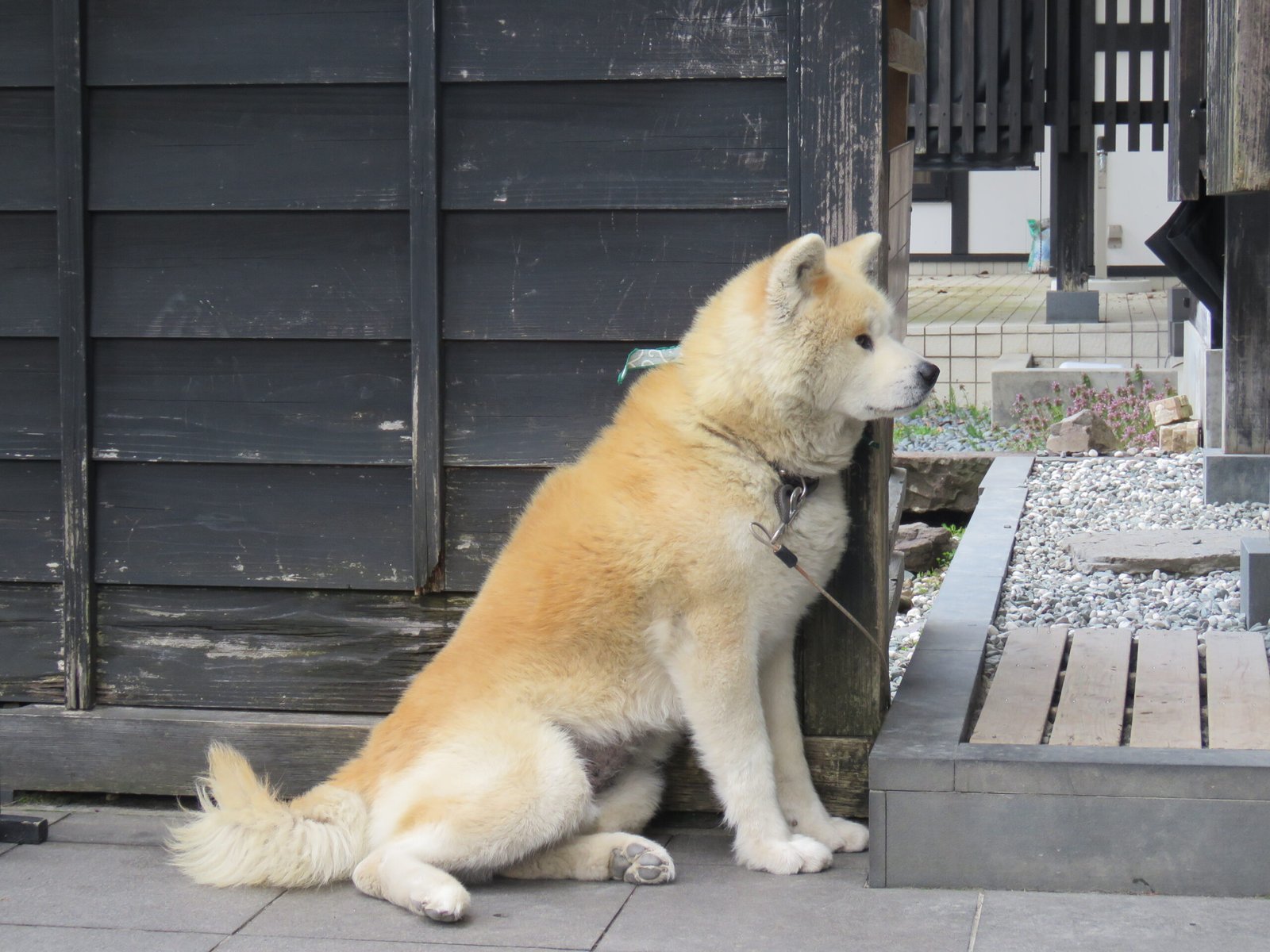
Akitas are known for their loyalty and imposing presence, but their protective instincts can make them a poor fit for family life. Bred as guard dogs, Akitas are naturally wary of strangers and can be territorial, especially around unfamiliar people or animals. Their size and strength mean they require an experienced hand and consistent training.
These dogs tend to bond closely with one or two people and can be aloof or even grumpy with children who don’t respect their boundaries. Akitas aren’t known for their patience and can become defensive if they feel threatened or annoyed. Their stoic nature means subtle signs of stress or discomfort can go unnoticed until it’s too late. While they’re deeply loyal, Akitas need a calm, structured environment with clear rules.
Jack Russell Terrier: The Tiny Tornado
Don’t be fooled by their small size—Jack Russell Terriers are bursting with energy, intelligence, and a mischievous streak a mile wide. Originally bred for hunting, these dogs are always on the go, looking for the next adventure or opportunity to dig, chase, or bark. Their boundless enthusiasm can quickly turn into chaos in a busy family setting.
Jack Russells need constant mental stimulation and exercise, far more than most families can provide. They’re also known for being stubborn and fiercely independent, making training a challenge. Their high prey drive means they may not get along with small pets, and their small size doesn’t mean they’re fragile—these dogs can be rough and rowdy. For all their charm, Jack Russell Terriers are best suited to experienced owners who can match their endless energy and curiosity.
At the end of the day, not every dog is a perfect fit for the chaos and cuddles of family life—and that’s totally okay. Some breeds just thrive better in quieter, more predictable environments. The key is understanding a dog’s natural temperament and needs before bringing them into your home. When you choose a breed that matches your lifestyle, everyone—two-legged and four-legged—ends up happier. It’s all about setting the stage for success!

Andrew Alpin from India is the Brand Manager of Doggo digest. Andrew is an experienced content specialist and social media manager with a passion for writing. His forte includes health and wellness, Travel, Animals, and Nature. A nature nomad, Andrew is obsessed with mountains and loves high-altitude trekking. He has been on several Himalayan treks in India including the Everest Base Camp in Nepal.

